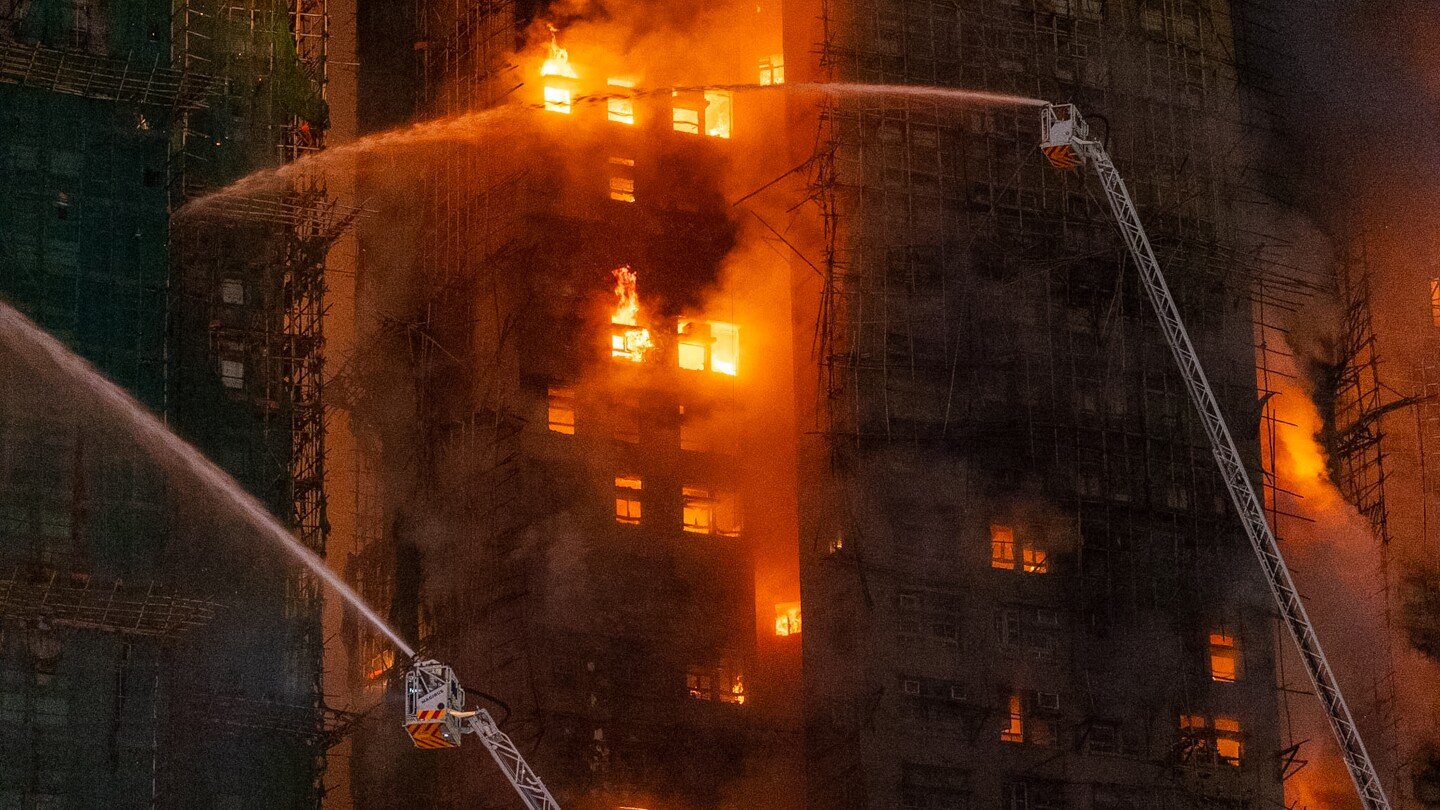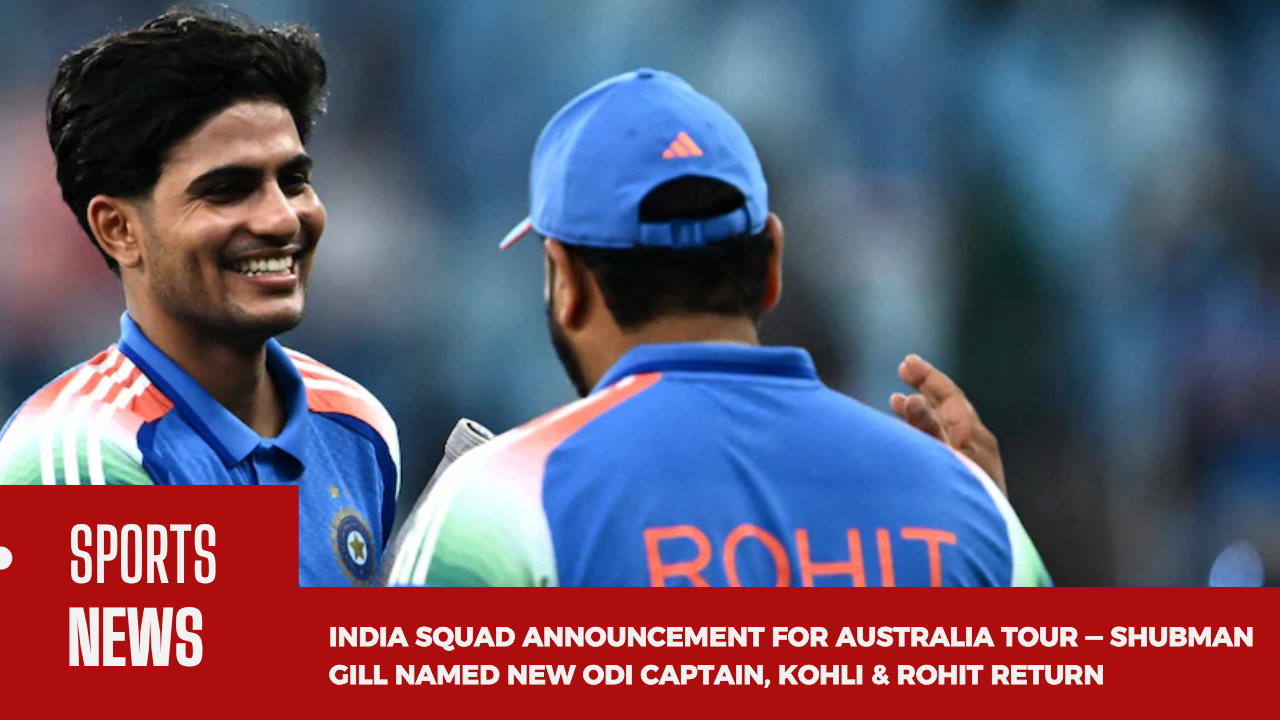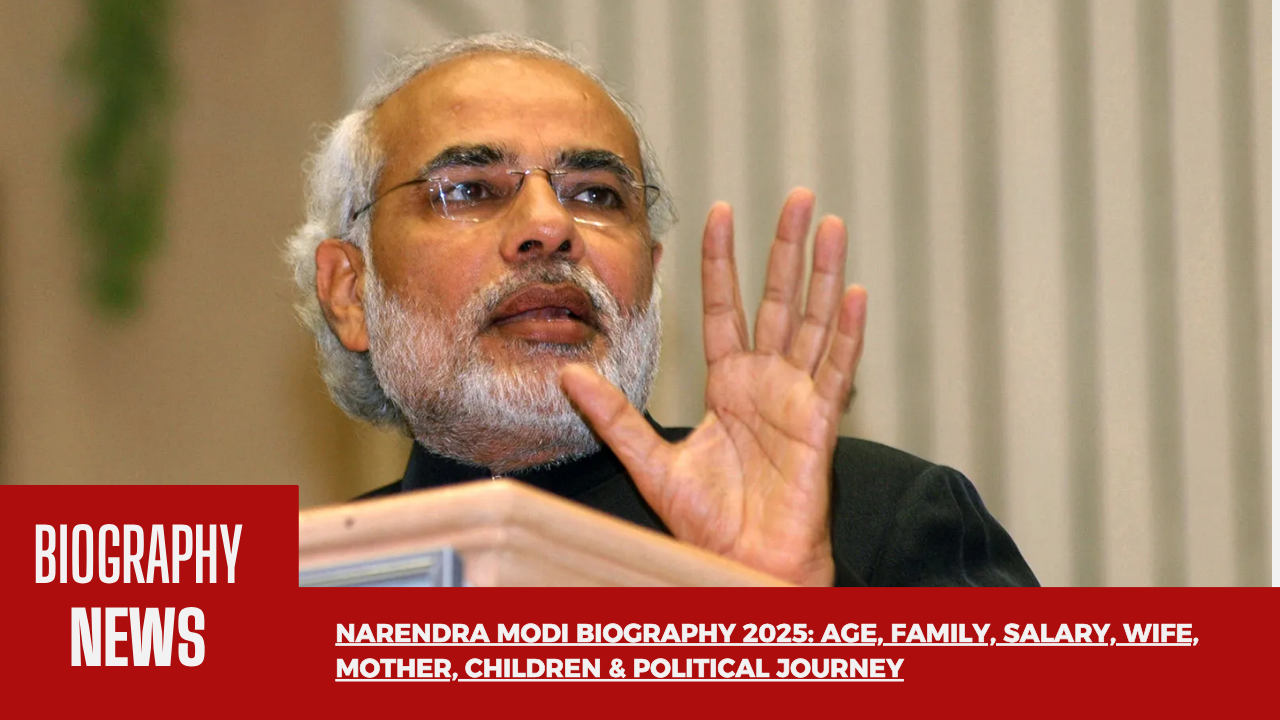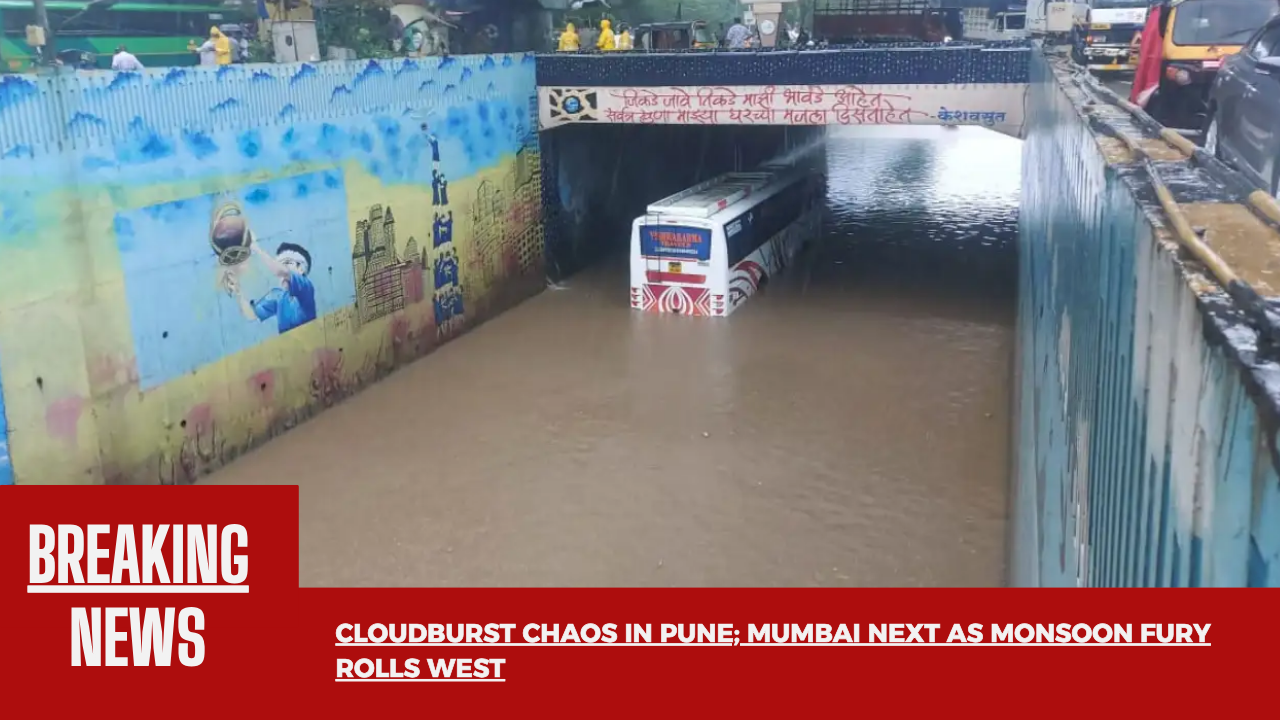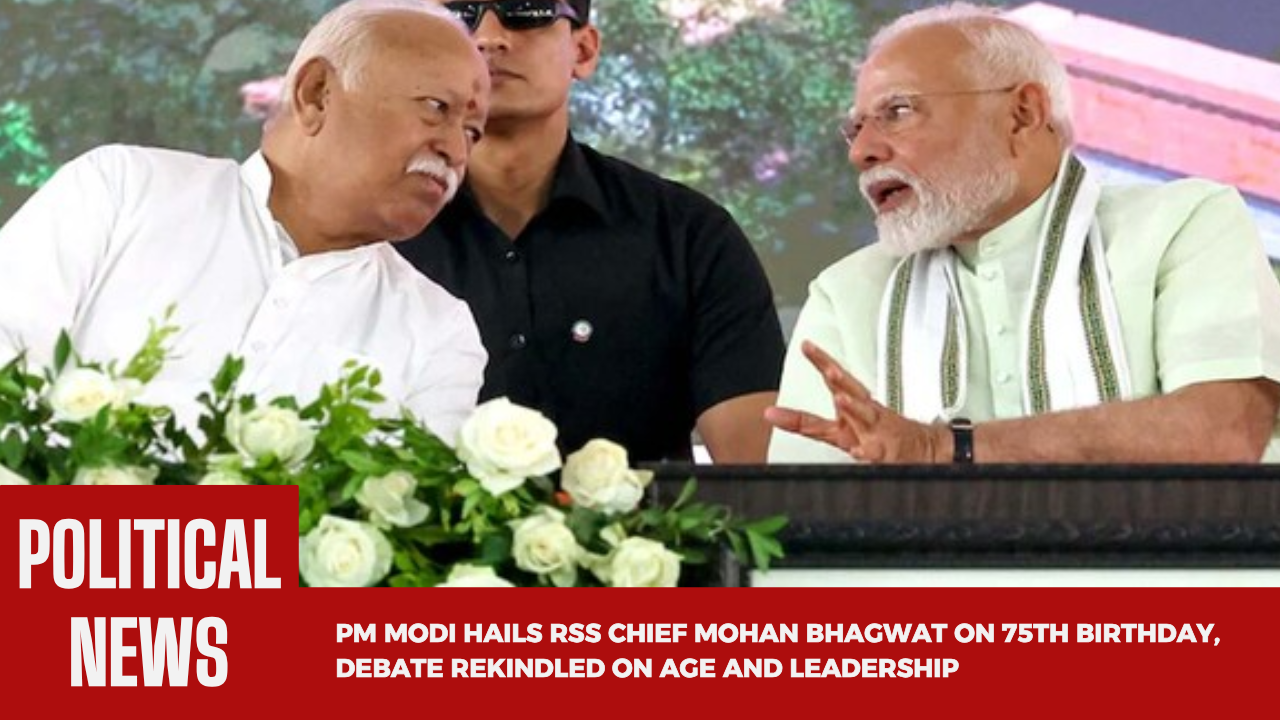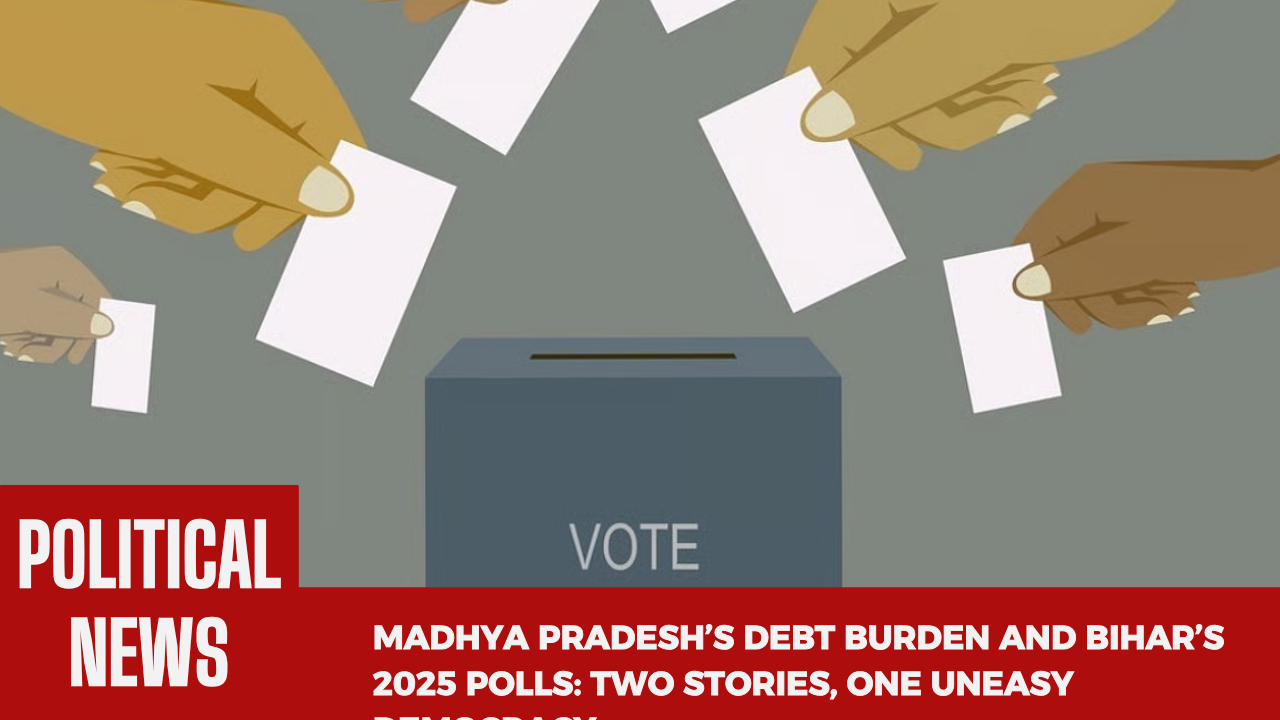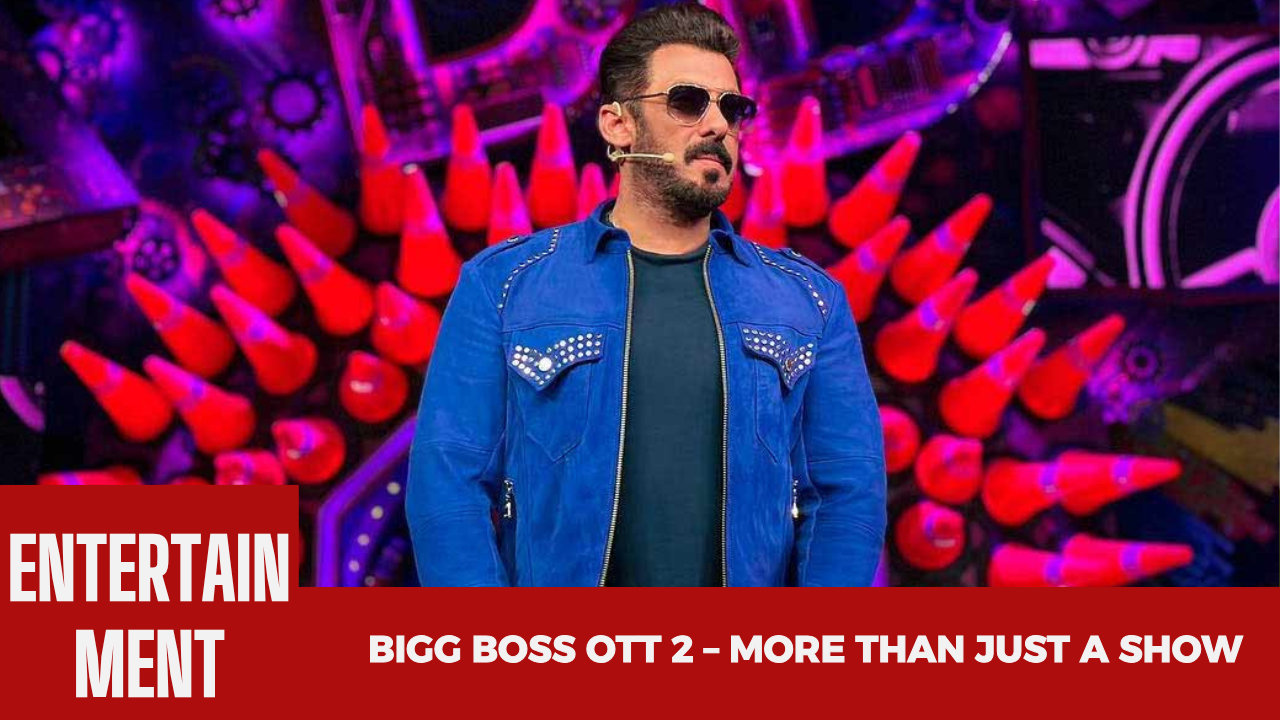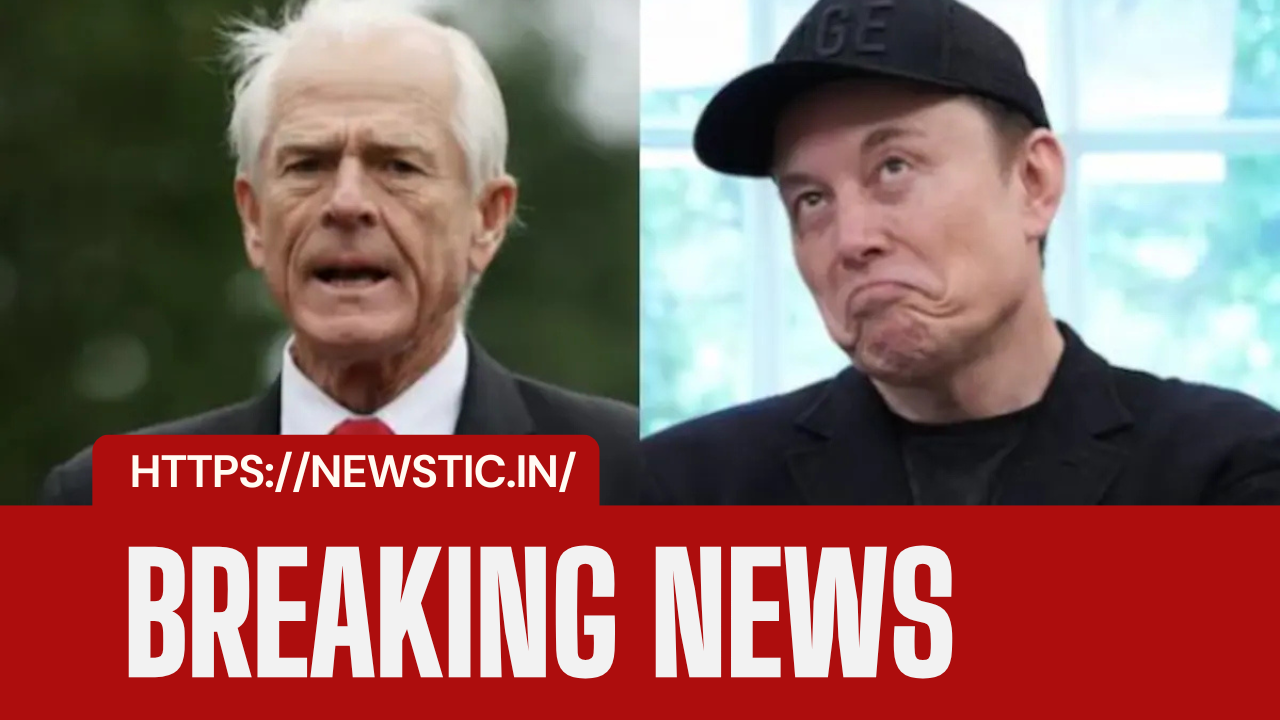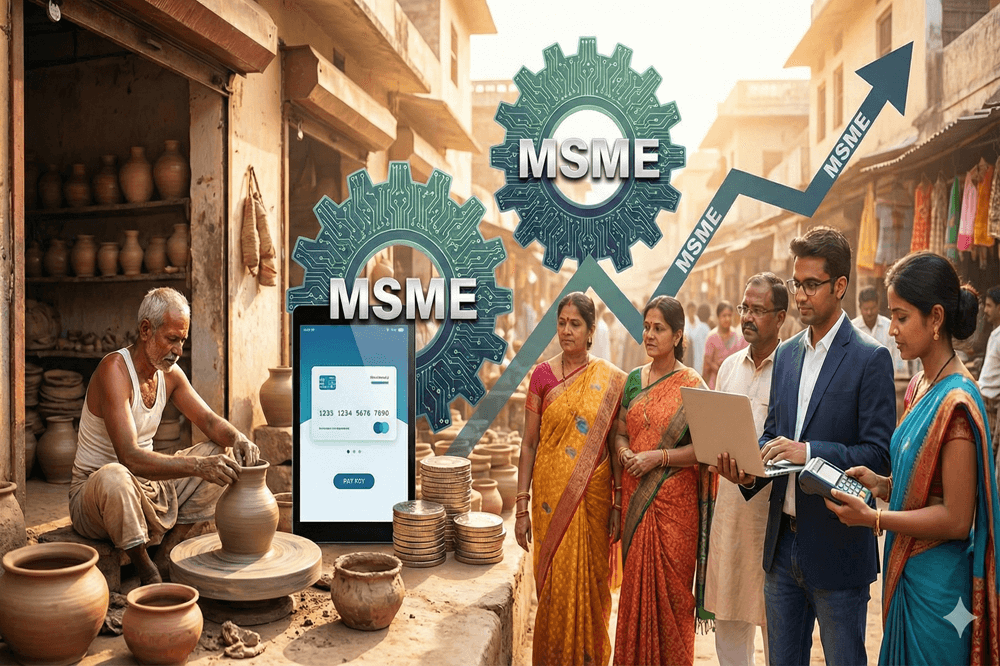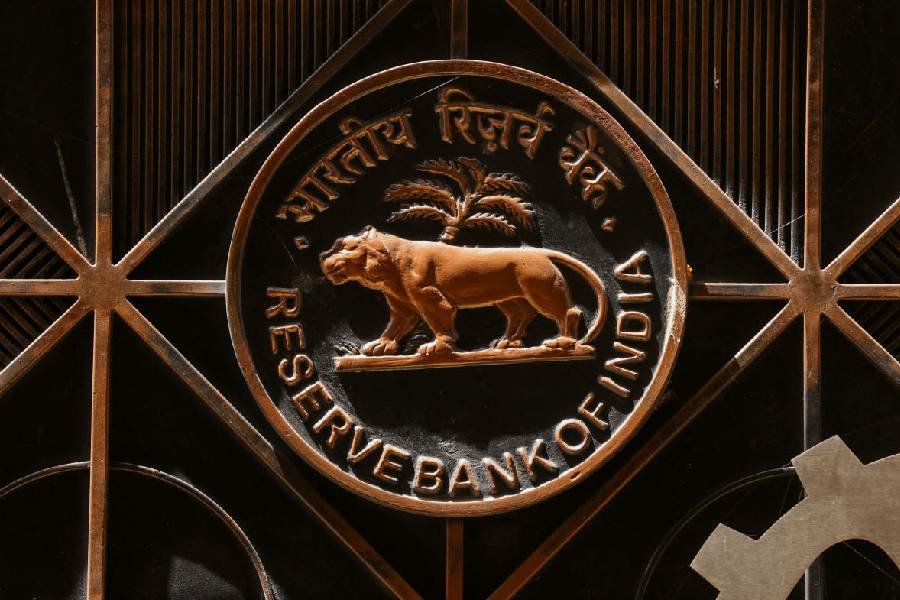By Kajal
The Spark That Lit the Fire
It started with a late-night post. Peter Navarro, once a top trade adviser to Donald Trump, fired off a message accusing India of “propping up Moscow” by buying huge volumes of Russian crude — even as Washington, in his words, was busy punishing New Delhi with tariffs.
The platform X (what we all used to call Twitter) didn’t let it slide. A fact-check appeared beneath his words, warning readers that Navarro’s claim was “misleading.” It pointed out that yes, India does buy Russian oil, and plenty of it. But no, the United States isn’t simultaneously importing the same kind of volumes he implied, and certainly not while applying equal pressure on itself.
That was enough to set Navarro off. Within minutes he was back, denouncing the label as nothing more than a “crap note.” He insisted he was being muzzled for “speaking uncomfortable truths.”
India’s Russian Oil Gamble
By 2025, India has quietly become one of the Kremlin’s most reliable energy partners. Tankers filled with discounted crude continue to arrive at its ports, a direct consequence of Europe’s sanctions and the West’s wider boycott.
For New Delhi, it’s less about politics and more about math. Energy bills are soaring, growth targets can’t wait, and Russian barrels come cheap. Western suppliers, while politically convenient, are simply more expensive. And when you’re trying to fuel a country of 1.4 billion people, price wins over principle almost every time.
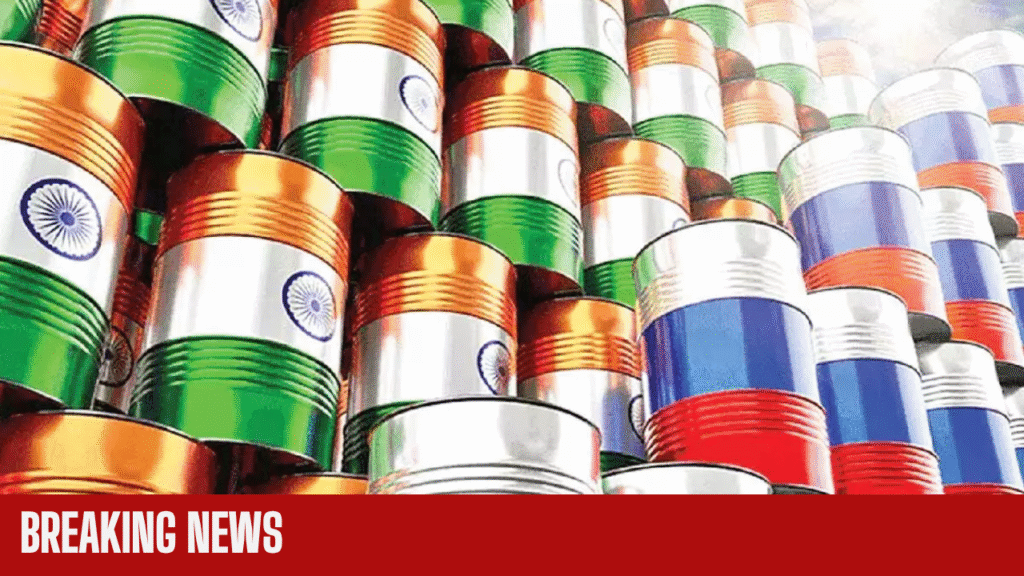
Tariffs and Trade Spats
Navarro wasn’t wrong about one thing: trade tensions are real. Trump’s White House had famously slapped higher tariffs on Indian steel, textiles, even everyday goods like almonds. Some of those barriers lingered, others were rolled back, but the memory of being singled out hasn’t faded in New Delhi.
Current disputes may look softer on paper — over data regulations, farm goods, and market access — but they still sting. The message India reads between the lines is clear: Washington wants concessions, but isn’t always ready to offer balance.
The “Hypocrisy” Debate
So, is Navarro right to call it hypocrisy? Experts say it’s not that simple.
The U.S. has largely weaned itself off Russian oil since 2022, with only tiny amounts slipping through under old contracts. India, on the other hand, has increased its purchases to keep inflation under control.
“Both sides are operating from different compulsions,” one New Delhi analyst explained. “The U.S. has alliances to protect. India has people to feed. That’s not hypocrisy — that’s survival economics.”
Voices From Both Sides
Maria Thompson, an energy researcher in Washington, told us: “Navarro is not entirely wrong to question the double standards, but he flattens out all nuance. The U.S. has legal curbs that India doesn’t. To compare them head-to-head is misleading.”
From Delhi, Dr. Aamir Singh was blunter: “Calling a fact-check a ‘crap note’ is just political theatre. The bigger issue is whether India can keep this balancing act going — cheap Russian oil on one side, Western pressure on the other — without breaking its own growth story.”
A Delicate Stage Ahead
This row isn’t happening in a vacuum. In just a few weeks, Prime Minister Narendra Modi will sit down with Vladimir Putin and Xi Jinping at the SCO Summit 2025, even as his diplomats court Washington for deeper defense and tech ties.
It’s the classic Indian dilemma — a foot in both camps, a tightrope act across rival blocs. Every barrel of oil from Russia, every tariff spat with the U.S., makes that balancing act shakier.
Beyond Navarro
Navarro’s “crap note” jab is just the latest shot in a long-running struggle over who gets to define “truth” online. Platforms argue they’re protecting readers from spin and distortion. Politicians claim they’re being censored.
For India, though, the noise around Navarro is almost secondary. What matters is the core question: how far can New Delhi push its Russian oil play without alienating the very partners it wants for trade, defense, and technology?
Final Word
Navarro’s angry words will be forgotten in a week. But the deeper issues — energy security, tariffs, the perception of hypocrisy — will outlast them.
The U.S. wants India closer, yet keeps poking at its choices. India wants cheap oil, yet craves American technology and investment. Somewhere in that messy middle lies the real story: a partnership too important to fail, but too complex to be free of friction.
Explore more news
About the Author
Kajal is a news writer at Newstic.in, covering stories that matter across India and the world. From politics and policy shifts to global events and everyday issues, she brings clarity and balance to fast-moving news. With a keen eye for detail and a commitment to accuracy, Kajal’s reporting helps readers stay informed without the noise.
When not chasing the next headline, she explores diverse perspectives on international affairs, culture, and technology — ensuring Newstic delivers a complete view of the news cycle.



